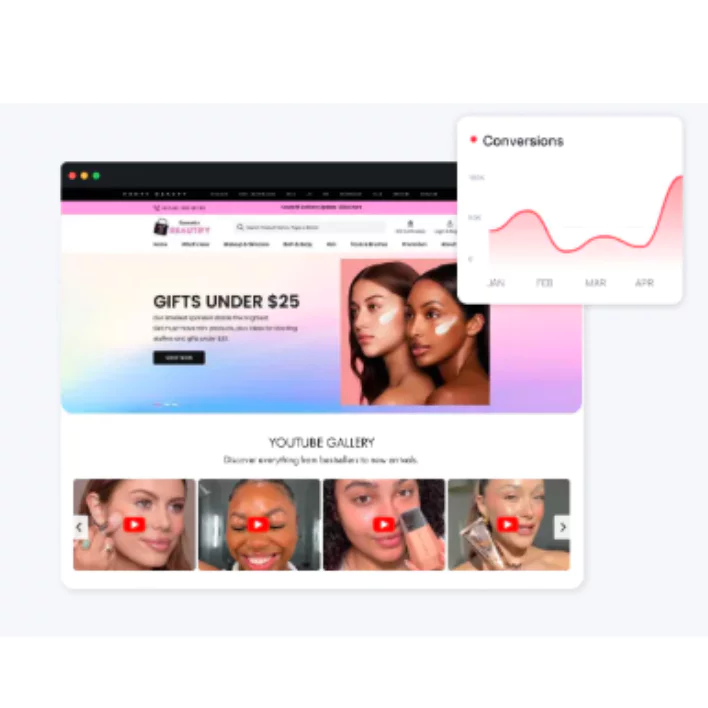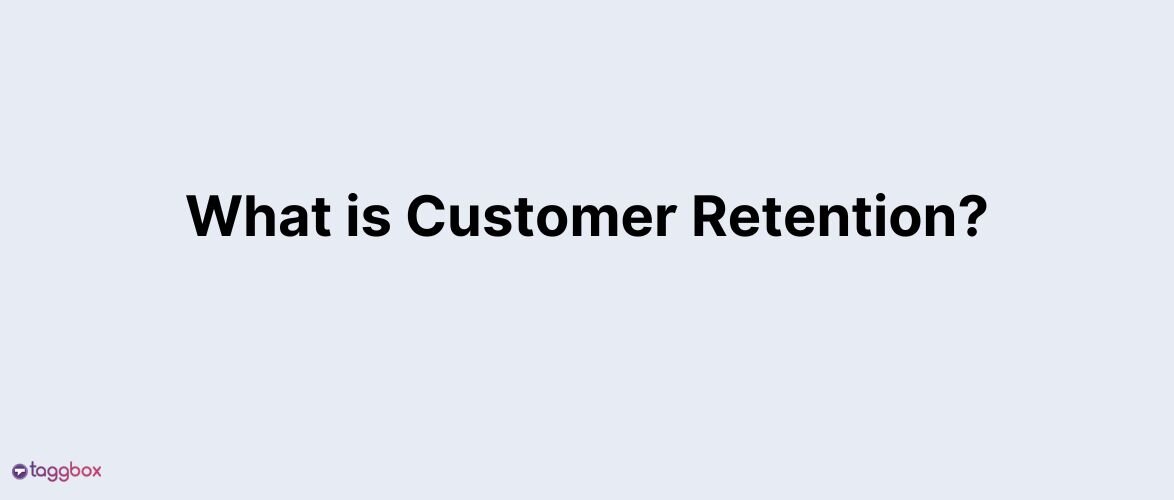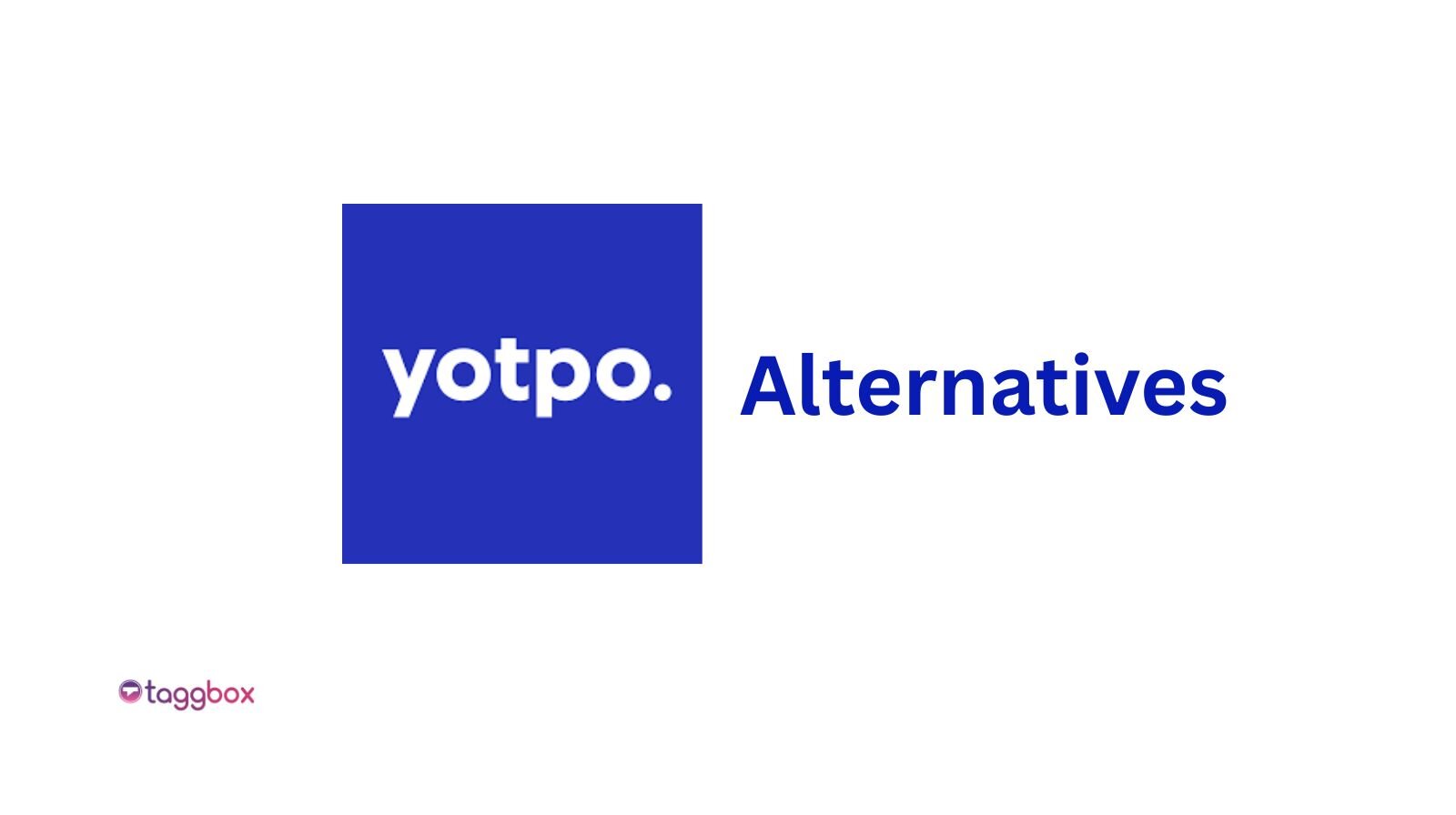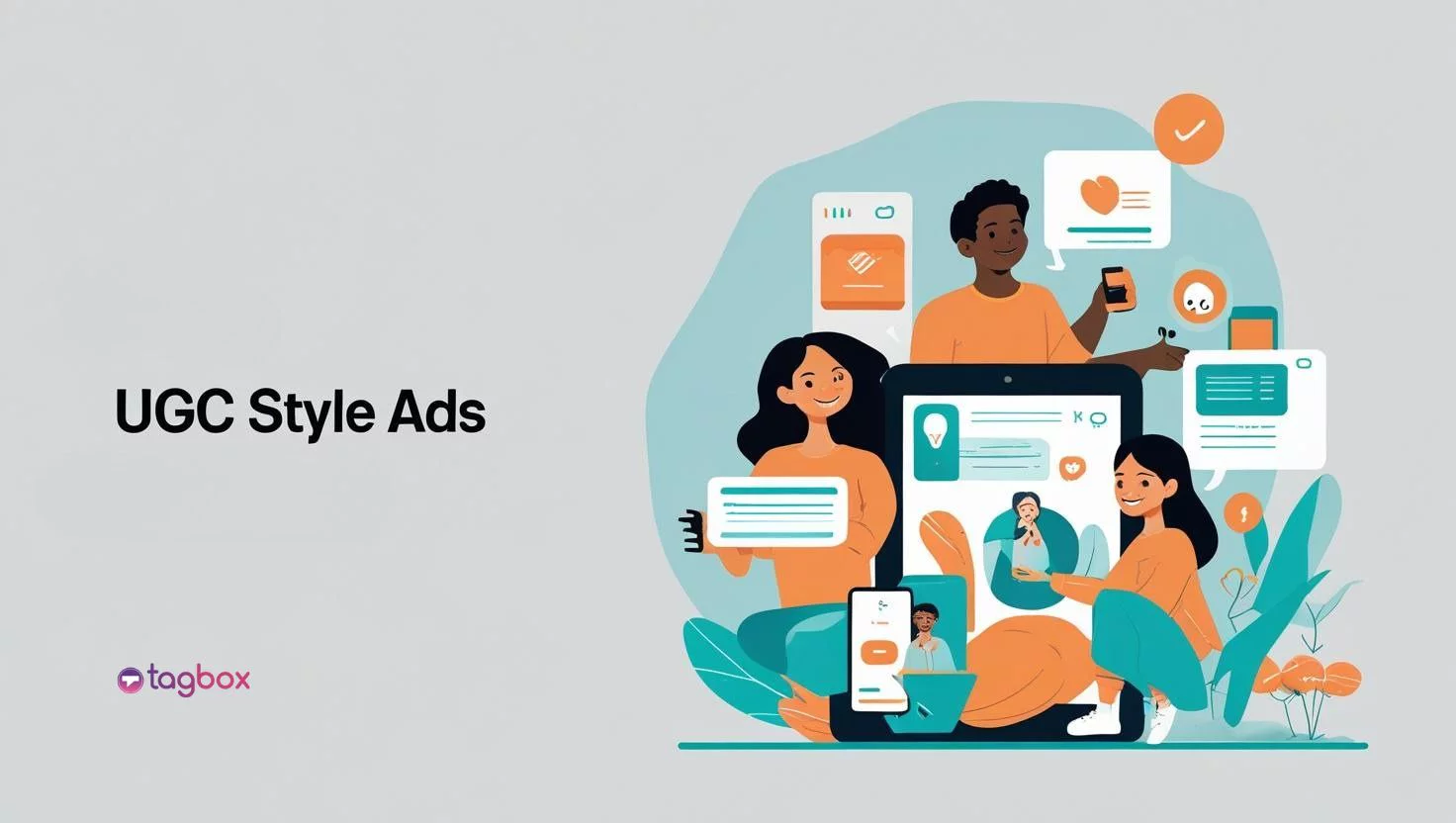Read summarized version with
The shift from traditional marketing to advocacy represents a significant paradigm change.
Users are keen on looking at real-life user experiences rather than promotional branded content.
This is why businesses nowadays focus on sharing raw and unfiltered user experiences to attract potential users.
Users get many open platforms to share their views, and man, do they use them well. But it’s on our brands to capitalize on this content and grow our businesses through advocates.
Speaking of users’ content, did you know person-to-person marketing is responsible for 20%-50% of buying decisions?
Also, a brand’s advocacy marketing strategy improves website dwell time, reduces bounce rates, and keeps the audience engaged. Let’s delve into all about it, but first…
What is Customer Advocacy Marketing? – An Overview
Advocacy marketing is the strategy where brands use their current users’ content to attract potential customers.
In advocacy marketing, brands give all their attention to existing customers, repurpose user-generated content on multiple touchpoints, and market their products & services with authenticity.
This can happen in the form of the following:
- Testimonial videos
- Personal reviews
- Recommendation from peers
A recent study shows that 88% of people believe and value others’ feedback before buying the product.
This is why advocacy marketing helps brands generate awareness, improve reach, acquire customers, and boost engagement rates.
Types Of Advocacy Marketing Every Marketer Should Know.
Customer Advocacy; Turn Customers Into Advocates
When your customers advocate for your brand, products, or services, it is customer advocacy marketing. This can be done through testimonials, reviews under the product on the website, or customer social mentions on their TikTok, Instagram, or Facebook accounts.
Employee Advocacy; Leverage Internal Ambassadors
Sometimes the employees promote the products or the brand they work at, which is employee advocacy. Here the employees work as insiders and give expert recommendations on products and services or even testimonial videos to educate people on how to use products more effectively.
According to studies, employee advocacy resulted in 5 times increased traffic towards the brand they work at.
How Advocacy Marketing Strategy Benefits Change Your Marketing Landscape?
Since advocacy marketing has proven to be effective, it holds the potential to transform your marketing drive in so many ways. However, a brand advocacy marketing strategy has more to offer.
- Advocacy marketing can attract potential customers to your brand successfully.
- 76% of customers trust content created by current customers more than the brand’s content.
- Customer advocacy helps build trust among the audience as people believe in brand advocates.
- Advocacy marketing is cost-effective and has long-term results.
- Advocates create brand awareness through their content, feedback, testimonials, etc.
- Advocacy content can be displayed permanently on the brand’s social pages or website under the product.

Advocacy Marketing Strategy: An Effective Roadmap!
Embarking on an advocacy marketing strategy can be a game-changer for your brand. However, building an effective strategy requires careful planning and execution.
So, let’s dive into the essential steps you need to follow to build a robust advocacy marketing strategy that engages your customers and empowers them to become brand advocates.
1. Start With Basics, Know Your Audience First!
First, get to know your target audience and their unique needs. To make a lasting impression, it’s essential to understand your customers’ preferences, aspirations, and pain points.
This knowledge helps you tailor your advocacy marketing strategy to resonate with your audience more deeply. You can create an emotional connection that goes beyond the transactional relationship.
2. Find Passionate Customers To Identify Advocates
Next, identify the customers who are passionate about your brand and willing to advocate for it. These brand advocates are the lifeblood of your advocacy marketing strategy.
They are the ones who will help you amplify your brand’s voice and spread the word about your products or services.
Look for customers who already have a strong affinity for your brand and show signs of willingness to share their experiences with others.
3. Nurture Your Brand Ambassadors
Engage with them, build relationships, and offer incentives that resonate with them. Once you identify your brand advocates, you must nurture your relationship.
Engage with them on social media, respond to their reviews, and show that you value their loyalty.
Offer them incentives such as exclusive discounts, early access to products, or personalized experiences that align with their interests and preferences.
4. Create Advocates Through Delightful Interactions
Create an exceptional customer experience that is personalized, timely, and reflective of your brand’s values. The key to creating brand advocates is to provide an exceptional customer experience.
Ensure every interaction with your brand reflects your values, communicates your message, and delights your customers.
Personalize your communication, make it timely, and exceed their expectations.
5. Empower Your Advocates For Success
Empower your advocates with the right tools to create content, share their experiences, and amplify your brand’s voice. Provide your brand advocates with the tools to create content, share their experiences, and amplify your brand’s voice.
This could include branded hashtags, user-generated content contests, or product samples. Empower your audience to become enthusiastic brand ambassadors, spreading the word about your products and brand far and wide.
6. Track the Impact of Your Advocacy Marketing Strategy
Track the success of your advocacy marketing strategy through crucial metrics such as engagement rates, customer referrals, and sales. To measure the impact of your advocacy marketing strategy, you need to track key metrics.
Use analytics tools to monitor engagement rates, customer referrals, and sales. This helps you understand your strategy’s performance and what adjustments you need to make to optimize your results.
7. Keep Evolving Your Strategy For Optimal Results
Finally, continuously refine your advocacy marketing strategy to enhance your results. Use the insights gained from measuring your success to identify areas for improvement and test new tactics.
The key to success is to stay agile, listen to your customers, and adapt your strategy accordingly.
In a nutshell, an advocacy marketing strategy can be the ultimate weapon in your marketing arsenal. Follow these steps to unlock its full potential and witness your brand soar to new heights.
Advocacy Marketing Examples – Top 5 Success Stories
1. Apple
Undoubtedly, Apple is one of the market’s most loved and famous brands.
With their new release every year strategy, they keep the public on their toes as people wait impatiently for their latest product.
People love to flaunt their Apple products, thus partaking in customer advocacy marketing strategies. The brand takes full advantage of this with campaigns like the iShot on iPhone challenge.
Apple displayed all the content generated from this. This resulted in creating a buzz revolving around the well-established brand. Not only this, but it also attracted new people and increased their sales.
2. Starbucks
Starbucks started an advocacy marketing campaign- tweet a coffee. It was pretty simple, and people could earn a $5 gift card; by mentioning @tweetacoffee and the person they wish to gift a coffee to. The campaign was a hit, and the first 100,000 people got a gift card through this campaign.
Through this, the company not only created more brand awareness but also identified its potential customers with the help of its loyal customers.
Hence, through brand advocacy, you can earn more potential customers who take your campaigns toward success and enhance long-term profitability.
3. Tesla
Tesla employs a brand advocacy marketing strategy by using their customers. Very wisely, they used this technique by asking their clientele to spread the word about being happy with Tesla.
They incorporated referral packages through which their current clients and the new customer they bring with them can earn up to a $1000 discount on the new order.
The brand did not stop there, and they came up with more new and improved challenges through which they could run more advocacy marketing campaigns.
Takeaway- motivating your customers can help you generate UGC and influencer content, which results in brand awareness.
4. Gap
Gap is a well-established clothing brand and has successfully built the brand name globally over time. The brand started a campaign in which it made an offer to its customers they loved- a 50% discount on a $50 purchase in a single day.
Surprisingly public took it very well, and the campaign succeeded as the brand made 543 sales per minute even before it hit midday on the release day. The company made a revenue increase of $11 million.
This created a buzz in the public about the brand and worked wonders in generating customer advocacy marketing as people took the responsibility to learn others know about the offer through their social media platforms.
5. Coca Cola
Coca-Cola started a worldwide campaign that connected them with their customers on a more one-to-one bond.
Share a Coke- The brand replaced its traditional logo from its bottles with ‘share a coke….’ In the gap, they wrote the most common 150 names. This was easy and intriguing enough to get people started.
With time the campaign spread and the number of encouraged people increased, resulting in more votes to add new names to the bottle.
Takeaway- sometimes, adding a bonus to get a return is unnecessary. Like Coca-Cola, you can make your customers feel important, motivating them enough to drive higher sales and revenue, producing excellent results in your advocacy marketing strategy.

See How Taggbox Fits In The Next Steps Toward Your Brand’s Advocacy Marketing
After all the efforts and hard work that you have put into the campaign, it is necessary to learn how to manage all the content that has been generated.
Marketers of successful advocacy marketing campaigns maximize their benefits with the help of UGC platforms to repurpose all the generated content and don’t just collect and store it.
Taggbox is one such platform that can effectively help your brand from more than 20 sources. You can reuse UGC and influencer marketing per your needs on any advertising touchpoint. You can flaunt advocacy wherever your audience lies, from website and digital screens to social ads and email.
Summing it up
Hopefully, this blog taught you what advocacy marketing is, its effectiveness, and how you can strategize around it.
With the help of the brand examples given above, you can learn better about customer advocacy marketing and how you can benefit from it just like others.
You automatically attract advocates when your brand aims to improve and deliver the best.
Research shows that 67% of consumers are likelier to purchase because they have seen it on their social media feeds.
Look at how successful businesses have turned the tables using brand advocacy marketing strategies. Now it’s your time to shine and become one of them.








